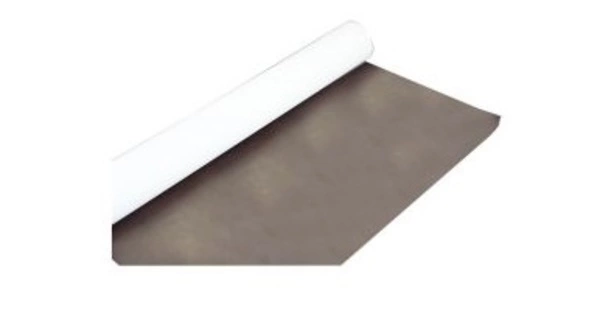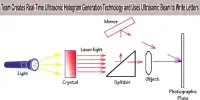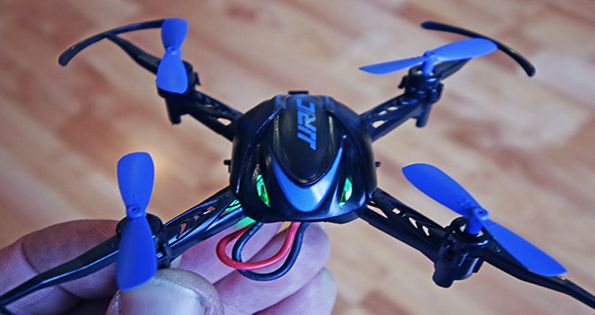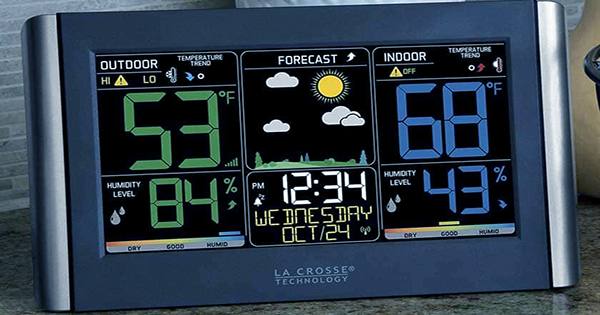Teledeltos paper is a type of conductive paper. It is a type of paper that has been impregnated or coated with conductive materials to allow it to conduct electricity. It is also known as electrically conductive paper. It is made by coating one side of a sheet of paper with carbon, resulting in one black and one white side.
In the late 1940s, Western Union developed Teledeltos paper for use in spark printer-based fax machines and chart recorders (many decades after it was already in use for mathematical modeling). It is frequently used in scientific and engineering applications that require a flexible, paper-based material with electrical conductivity.
Lord Kelvin (William Thomson), a British engineer and scientist, invented and named teledeltos paper in the nineteenth century. He studied electrical fields and equipotential lines on this type of paper. The term “teledeltos” is derived from the Greek words “tele” (distant) and “delta” (delta), and refers to the triangular shapes produced on paper when electrical field mapping is used.
Teledeltos paper has several engineering applications that are very different from its original use in spark printers. The paper is used by many of these to model the distribution of electric and other scalar fields.
Teledeltos paper is typically created by impregnating the paper with a conductive solution or coating it with a conductive material such as graphite, carbon, or metal particles. This treatment allows the paper to conduct electricity while still remaining flexible and paper-like. Teledeltos paper is used by scientists and engineers for a variety of purposes, including mapping electrical fields, analyzing circuits, and conducting experiments that require a conductive, flexible substrate.
Use
Teledeltos offers a uniform resistor sheet with isotropic resistivity in each direction. It can be used to make one-off resistors of any shape because it is inexpensive and easily cut to shape. The paper backing also serves as a useful insulator from the bench. These are typically created to represent or model a real-world example of a two-dimensional scalar field, where the distribution of the field must be studied. This field could be an electric field or something else that follows the same linear distribution rules.
















